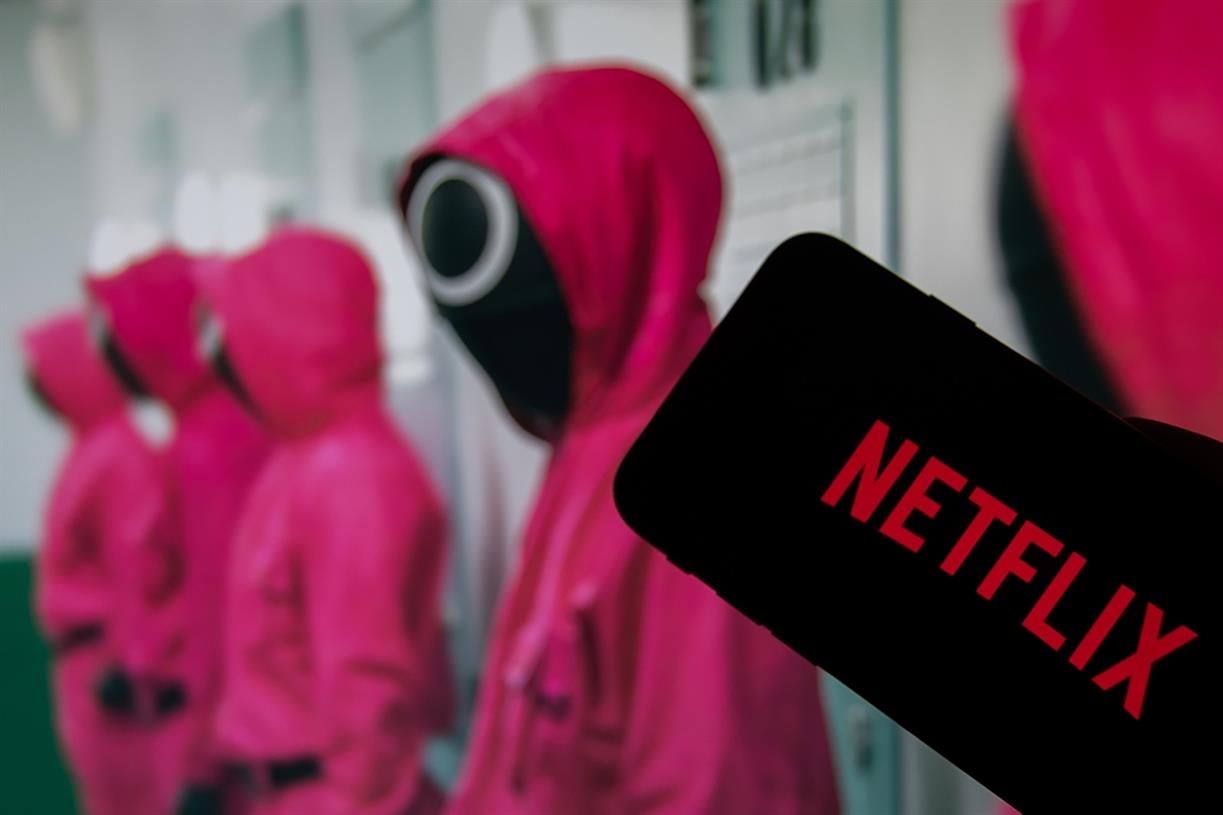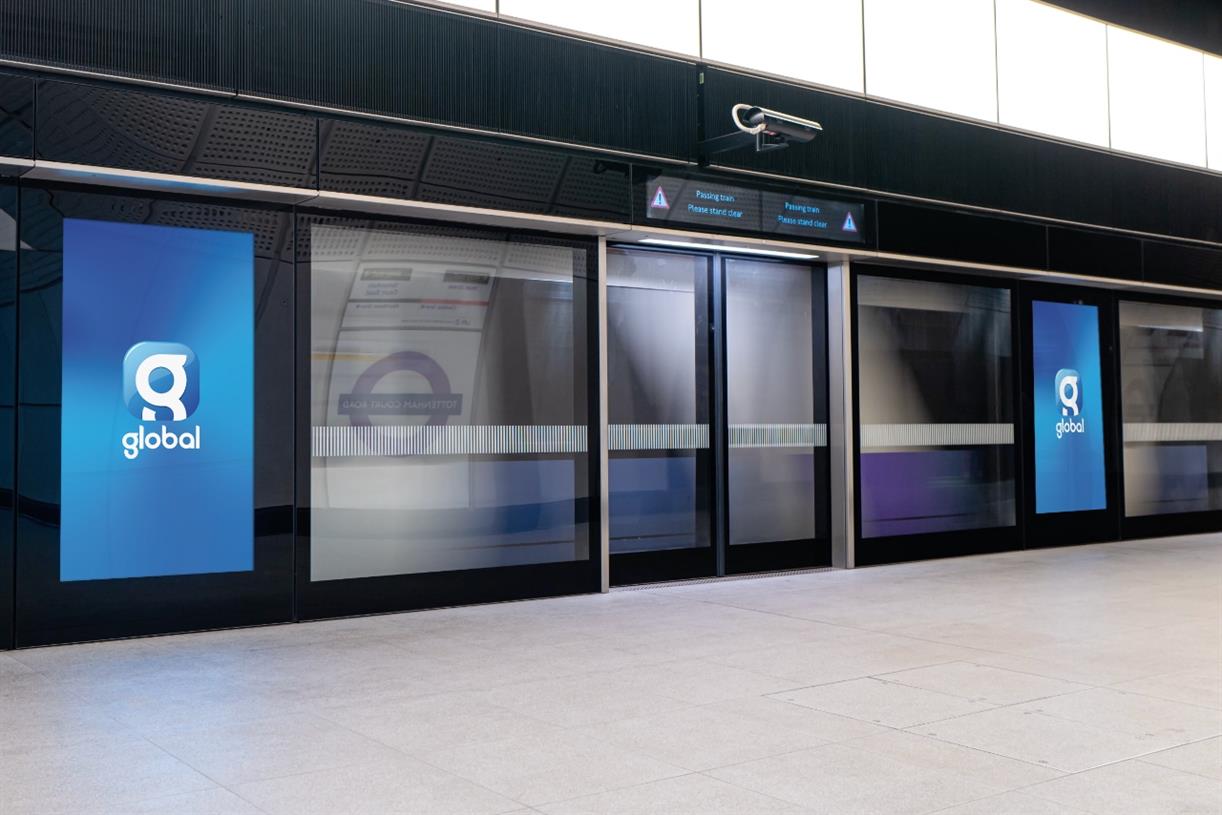Revolutionizing Brand Engagement With Gamification
Have you incorporated gamification into your marketing strategy? If you said no, we’re here to tell you all about it! Gamification has become a popular strategy in today’s marketing efforts. By combining gaming elements with marketing techniques, brands can...

Have you incorporated gamification into your marketing strategy? If you said no, we’re here to tell you all about it! Gamification has become a popular strategy in today’s marketing efforts.
By combining gaming elements with marketing techniques, brands can create interactive experiences that captivate audiences, increase engagement, and drive community participation. Gamification has proven to be an effective way to amplify brand awareness and increase customer loyalty.
In this detailed blog, the digital experts at Bold x Collective provide an in-depth exploration of gamification marketing. You’ll learn about the different types of games used in marketing campaigns and how they can be integrated into digital content. From social media giveaways to mobile apps, gamification has endless possibilities for engaging with customers and building brand loyalty. Let’s get into it!
Incorporating Gamification into Marketing Strategies
By integrating game mechanics into marketing campaigns, brands can engage with users and transform them from passive viewers to enthusiastic supporters. This elevates marketing outreach, pushing brands to the front of people’s minds by creating fun and engaging experiences. It can also foster a sense of community and social connection among users. By creating a shared experience, brands can establish a stronger relationship with their audience and increase brand loyalty and advocacy. Overall, gamification provides a unique and effective way for brands to connect with their audience and stand out in a crowded industry.
Creating Immersive Experiences for Maximum Engagement
The magic of gamification lies in its ability to create immersive experiences that capture and retain user attention. Gamification transforms passive consumers into active participants, turning ordinary interactions into enjoyable and memorable encounters. Imagine a scenario where a brand presents an interactive virtual quest, guiding users through engaging challenges that lead to discovering exclusive content or unlocking special promotions. With each milestone achieved, participants experience a surge of accomplishment, forging a positive connection with the brand. These immersive engagements strengthen brand-user bonds and develop lasting loyalty and passionate advocacy!
Amplifying Brand Awareness
Using gamification strategies can significantly increase brand awareness. Users who enjoy and feel rewarded by their experience are more likely to spread the word to others within their social circles, expanding the reach of your brand’s message. Furthermore, the competitive aspect of gamification often motivates users to compete for top positions on leaderboards or achievements, inadvertently exposing them to your brand’s identity and message.
Implementing Gamification Within Your Brand
A clear roadmap sets the stage for success when implementing gamification within your brand. This is how you can implement gamification using a step-by-step process:
Precise Objective Setting: Set clear objectives based on the goals of your business or website. This will guide you to create a tailored gamified experience to boost traffic, gather user data, or highlight specific products/services. Understanding Your Audience: A deep understanding of your target audience’s preferences and interests is essential. Tailoring gamified experiences to resonate with your audience ensures higher engagement rates and more impactful interactions. Strategically Select Game Mechanics: Carefully select game mechanics that align with your objectives and resonate with your audience. Whether it’s points, badges, leaderboards, or virtual rewards, these mechanics can effectively incentivize desired behaviours and actions. Seamless Integration: A successful gamification strategy blends seamlessly into existing digital platforms, such as websites, social media channels, or mobile apps, creating a natural extension of the brand. Compelling Narratives: Beyond mechanics, a well-crafted storyline enhances engagement and user retention, guiding users through an enthralling journey that keeps them coming back for more. Continuous Refinement: The journey of gamification does not end with implementation. It is important to gather user feedback and analyze data to refine and optimize the experience, ensuring it remains engaging, appealing, and aligned with your brand’s evolving goals.Leveraging Gamification for Valuable User Data
Incorporating gamification can help generate valuable data. Every user interaction, challenge completion, and reward earned provides insights into user behaviour and preferences. Brands can optimize user experiences and create personalized content with this data. For example, an e-commerce platform could use gamified quizzes to gather data about user preferences, enabling them to tailor product recommendations and marketing campaigns with precision.
The Evolution of Gamification
Although gamification has shown its potential, it still has room for growth and evolution. Meta, the parent company of Instagram, has announced plans to expand gamification’s capabilities by making the app compatible with ActivityPub, a decentralized social networking protocol.
With this compatibility, users can connect with other platforms that support ActivityPub, such as Mastodon and WordPress. This will create a new level of interconnectedness among social apps, fostering a dynamic and collaborative online environment that goes beyond individual platforms.
The potential benefits of this development are numerous. For one, it could help to break down the silos that currently exist between different social media platforms, allowing users to connect with others regardless of the specific app they are using. This could lead to a more unified and cohesive online community.
Brands Using the Power of Gamification
Many brands have used it’s ability to drive engagement and enhance customer experiences. Here’s a great example: everyone’s favorite coffee brand – Starbucks. Starbucks uses a gamified mobile app that rewards customers with stars for making purchases. These stars can then be redeemed for free items, encouraging users to engage more frequently and fostering brand loyalty.
As a loyal Starbucks customer myself, I remember when they first launched their rewards program back in 2011. After you signed up for their rewards program, they would send you a green card in the mail, that you could load with money and use it to make your purchases at Starbucks. Using the green card would allow you to earn 1 star per dollar spent. Once you’ve earned 300 stars, then you will be upgraded to the gold level. Starbucks would then mail you a gold card with your name on it. In April 2019 Starbucks discontinued mailing physical cards to customers, instead, they moved their rewards program to their app. Now everyone just uses their app to pay, earn and redeem stars.
We also have a top sports brand – Nike. Nike Training Club app uses gamified elements to motivate users to engage in fitness routines, unlocking rewards and achievements as they progress. These examples highlight the potential of gamification to create meaningful interactions that extend beyond transactions, forming lasting connections between brands and their audiences.
Conclusion
As digital marketing evolves, gamification becomes essential for brands to drive engagement and community participation. By integrating game mechanics into marketing strategies, brands can create immersive, interactive, and rewarding experiences that captivate users. Gamification empowers brands to cultivate authentic relationships with their audience, resulting in enhanced brand loyalty and advocacy.
Let’s explore gamification and enter a new era of brand engagement and interaction. Stay up-to-date with digital trends by subscribing to our Bold x Collective mailing list!

 Hollif
Hollif 












![How to Create an SEO Strategy for 2021 [Template Included]](https://blog.hubspot.com/hubfs/create-seo-strategy.jpg#keepProtocol)




















